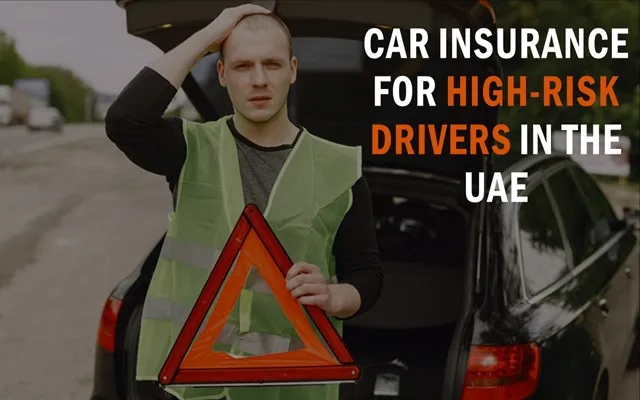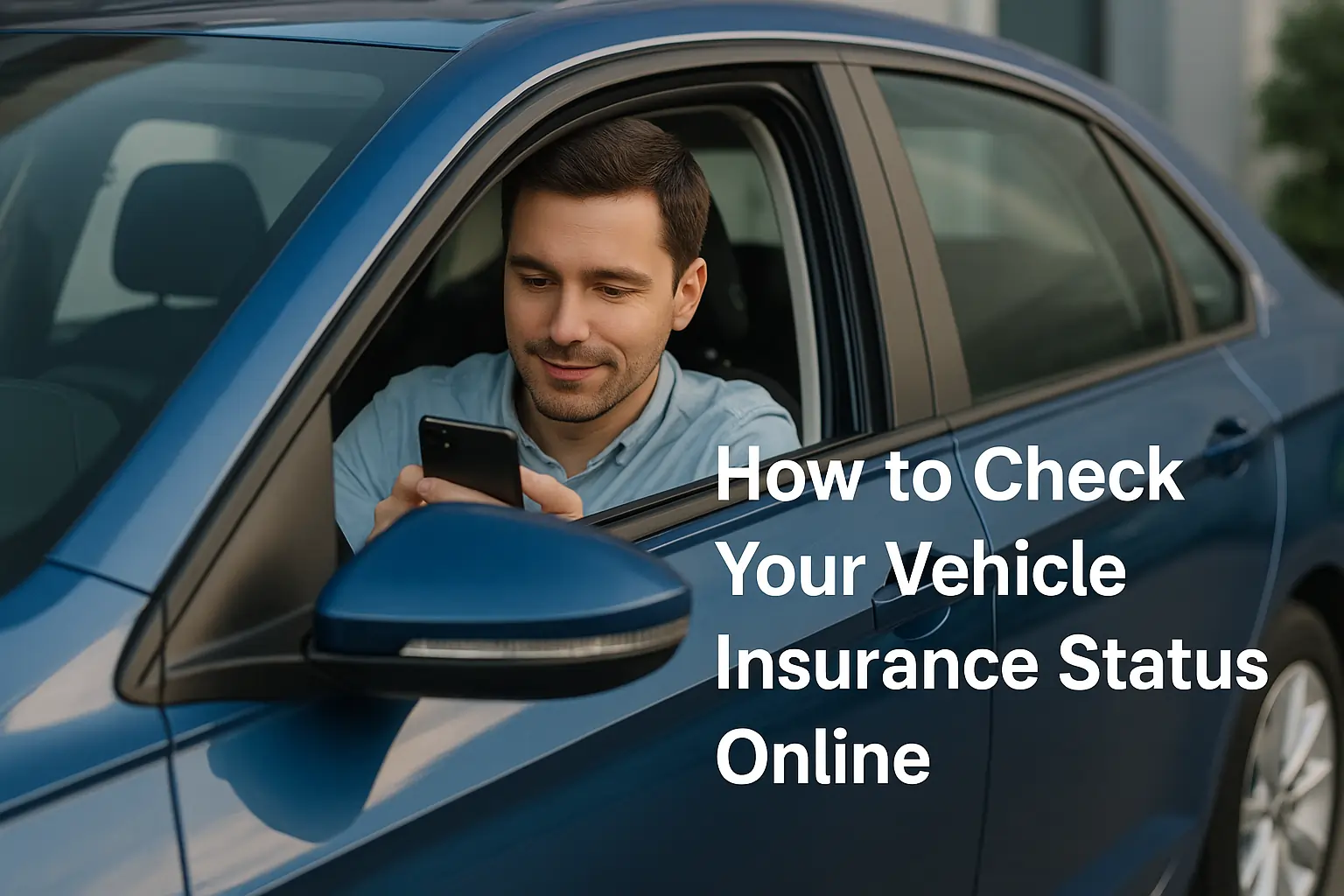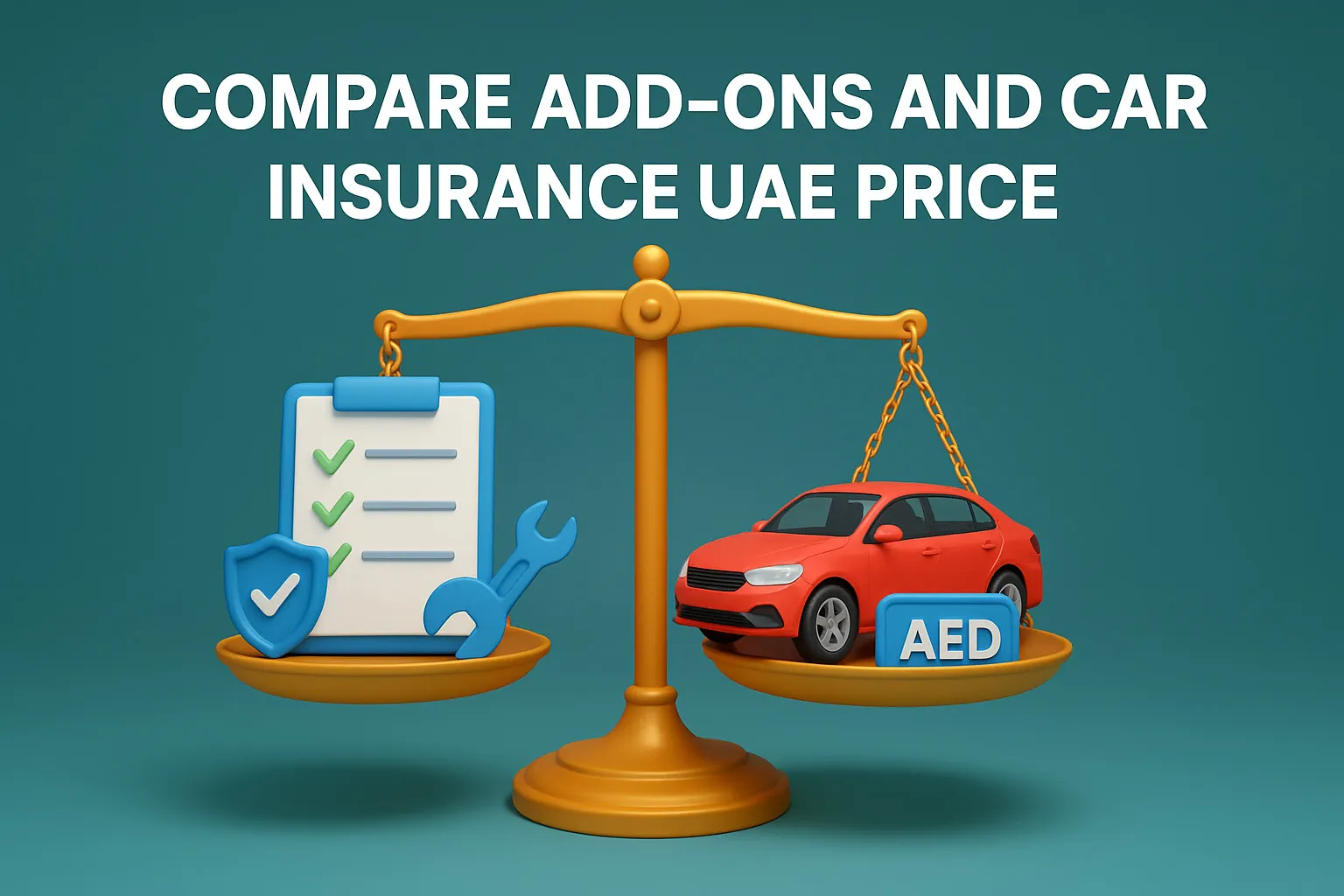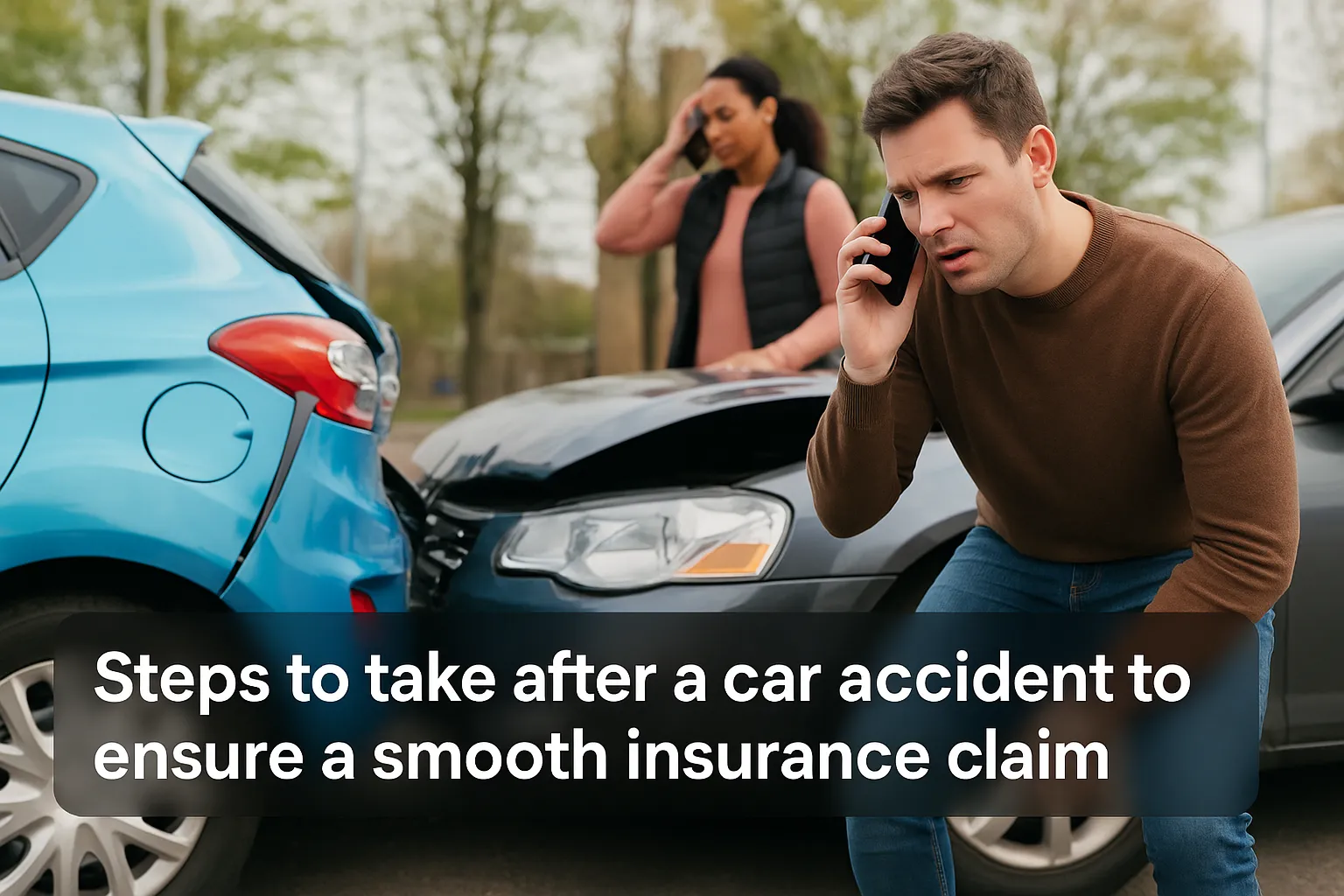Car insurance is a must for all drivers in the UAE, protecting them from accidents, theft, and other unexpected events. However, getting car insurance can be more difficult for some drivers considered high-risk by insurance companies. These drivers often face higher costs and fewer coverage options, making it hard to find the right policy.
This article will explain what car insurance for high-risk drivers in the UAE means, the factors that affect their insurance premiums, and steps to take to lower their risk profile and secure better insurance rates.
Who is a high-risk driver?
A high-risk driver is a person who is considered more likely to be involved in incidents or make insurance claims compared to the average driver. Insurance companies use this designation to identify drivers who may present a greater risk on the road.
The classification as high-risk can result from various characteristics or patterns observed by insurers that suggest an increased likelihood of accidents or claims.
High-risk v/s Low-risk car drivers
Car insurance for high-risk drivers in the UAE is provided after the risks are assessed based on driving history, behaviour, and other factors.
While high-risk drivers are considered more likely to make claims and, therefore, face higher insurance premiums, low-risk drivers are seen as safer and usually benefit from lower premiums.
Here are some distinct differences:
| Criteria | High-risk drivers | Low-risk drivers |
| Driving history | Frequent traffic violations or accidents | Clean driving record with minimal incidents |
| Experience | Young or inexperienced drivers | Experienced drivers with years of safe driving |
| Claims history | Frequent claims, often for minor damages | Rarely file claims |
| Vehicle type | High-powered or luxury vehicles | Standard or economy vehicles |
| Behaviour | Aggressive or reckless driving | Cautious and law-abiding driving |
| Location | Resides in high-risk areas | Lives in areas with lower rates of accidents |
Factors affecting premiums for high-risk drivers
Several factors can affect car insurance for high-risk drivers in the UAE. Being aware of these factors allows you to take measures to enhance your risk profile:
- Frequent traffic violations: Frequent traffic offences, such as exceeding speed limits or ignoring traffic signals, can categorise drivers as high-risk.
- Involvement in accidents: A history of accidents, especially frequent or severe, can indicate a higher risk of future claims.
- Young or inexperienced drivers: Young drivers, particularly those under 25 or those who have recently obtained their license, are often considered high-risk due to their lack of experience.
- Driving under the influence: Drivers with a history of impaired driving from alcohol or drugs are seen as very high-risk due to the heightened likelihood of causing accidents.
- High-powered or expensive vehicles: Owning and driving high-powered sports or luxury vehicles can indicate a higher risk, as these cars are often involved in speeding or aggressive driving incidents.
- Frequent claims history: Drivers who frequently file insurance claims, even for minor damages, may be seen as higher risk. This can lead to the loss of a No-Claims Discount (NCD), resulting in higher insurance premiums.
- Lack of insurance history: Drivers without a consistent insurance history or those with gaps in their insurance coverage might be considered less reliable and at higher risk.
- Living in high-risk areas: Those who reside in areas with a high rate of accidents or vehicle thefts may be considered higher risk.
Impact of high-risk status on insurance
Being categorised as a high-risk driver can have several implications for your car insurance in the UAE:
- Higher premiums: High-risk drivers typically face higher insurance premiums because they are seen as more likely to make claims. Insurers charge more to cover the increased risk.
- Limited coverage options: Some insurance companies offer high-risk drivers only basic coverage options, such as third-party liability insurance, and may not provide comprehensive coverage.
- Higher excess payments: In the event of a claim, high-risk drivers might have to pay a higher excess amount (the portion of a claim you must pay out of pocket before insurance covers the rest).
- Policy restrictions: Insurers may impose specific restrictions or conditions on policies for high-risk drivers. For example, they might limit coverage options or increase premiums.
- Difficulty finding coverage: Some insurance companies may only partially cover high-risk drivers, limiting their options and making it harder to find affordable insurance.
Knowing these potential consequences can help you understand the value of maintaining a good driving record and becoming a low-risk driver.
Measures to become a low-risk driver
Transitioning from a high-risk to a low-risk driver can lower car insurance premiums and improve coverage options.
You can secure better rates and more comprehensive insurance by adopting safer driving habits and reducing your risk profile.
Here are some steps to help you become a low-risk driver:
- Maintain a clean record: To demonstrate responsible driving and avoid traffic violations and accidents.
- Avoid risky behaviors: Refrain from speeding, aggressive driving, and other dangerous actions.
- Choose a safer vehicle: Opt for standard or economy cars instead of high-powered or luxury vehicles.
- Maintain continuous insurance: Ensure there are no gaps in your insurance history.
- Limit insurance claims: Avoid small claims to keep your No-Claims Discount intact.
- Take defensive driving courses: Improve driving skills and learn to avoid hazards.
Final takeaway
Navigating car insurance for high-risk drivers in the UAE can be challenging due to higher premiums and limited coverage options. However, understanding what factors contribute to a high-risk designation and taking proactive steps to improve your driving record and risk profile can lead to better insurance rates and comprehensive coverage.
Platforms like InsuranceMarket.ae can further assist by allowing you to compare quotes online from top car insurance companies in the UAE, such as GIG Insurance, Sukoon Insurance, and others. Using these comparison tools, you can easily evaluate various policies, coverage options, and prices to find the best car insurance in the UAE that fits your needs and budget. This streamlined process helps you make informed decisions, ensuring you get the most value for your money.
Frequently Asked Questions (FAQs)
How can I lower my car insurance premiums as a high-risk driver?
To reduce premiums, focus on improving your driving record, avoid traffic violations, choose a safer vehicle, maintain continuous insurance coverage, improve your credit score, and limit the number of claims you file. Enlisting in defensive driving courses can also help demonstrate your commitment to safer driving.
Will my insurance premium decrease if I improve my driving record?
Improving your driving record by evading accidents and traffic violations over time can lead to lower premiums. As your risk profile improves, insurers will likely offer better rates and more favourable terms.
How does the age of the car affect insurance premiums?
Older cars generally have lower insurance premiums due to reduced Insured Declared Value (IDV). As a car’s value decreases with age, the cost to insure it decreases.
What is the cheapest car insurance for high-risk drivers in the UAE?
The most reasonable car insurance for high-risk drivers in the UAE depends on factors such as driving record, age, and vehicle type. It’s best to compare quotes from different providers like InsuranceMarket.ae to find the most affordable option.
Can car insurance be denied as a high-risk driver?
Some insurance companies refuse to provide coverage to high-risk drivers due to increased claims. However, insurers usually can customise high-risk policies, though these come at a higher cost.
How much does car insurance for high-risk drivers in the UAE cost?
The cost of car insurance for high-risk drivers in the UAE can vary widely based on the individual’s risk profile and the insurance provider. Generally, high-risk drivers will pay higher premiums than low-risk drivers.






